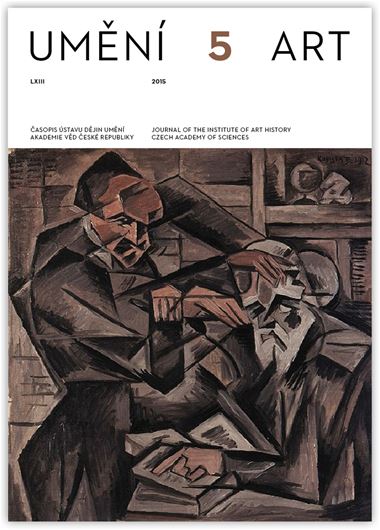Lubomír Konečný
The Eucharist and Atoms in Seventeenth-Century Art
The representation of the Five Senses is generally considered to be one of the most widespread themes in profane iconography during the Baroque period. It is therefore not surprising that works where the Five Senses are used in the context of sacred iconography are extremely rare. They include an engraving by Cornelis Galle, which he made in 1638 after a drawing by the Antwerp painter Erasmus Quellinus, and which was subsequently used as the frontispiece for several books dealing with the Eucharist and the question of transubstantiation. The culmination of this series is The Triumph of Faith over the Senses – an allegory painted by the Spanish painter Juan Antonio Escalante in 1667. These visual polemics may on the one hand appear as a natural continuation of the disputes over transubstantiation between Catholics and Protestants. On the other hand, we may ask how and why the Five Senses became part of this longstanding controversy. It seems that the answer can be found in several recently discovered documents from the Vatican archives, which were used, in particular, by Pietro Redondi in his book Galileo eretico (1983). According to one of them, in his The Assayer / Il Saggiatore (1623) Galileo describes a theory that calls into question a central article of Catholic faith, the miracle of the Eucharist. This is the atomistic theory, which explains the structure of matter and its properties in such a way that transubstantiation cannot occur, because the qualities that can be perceived by the five senses (light, heat, colour, taste, and sound) are caused by small particles called atoms.
Full-text in the Digital Library of the Czech Academy of Sciences:
https://kramerius.lib.cas.cz/uuid/uuid:fe45c937-c4f8-4d3f-9449-f6c6a1e47447
< back

